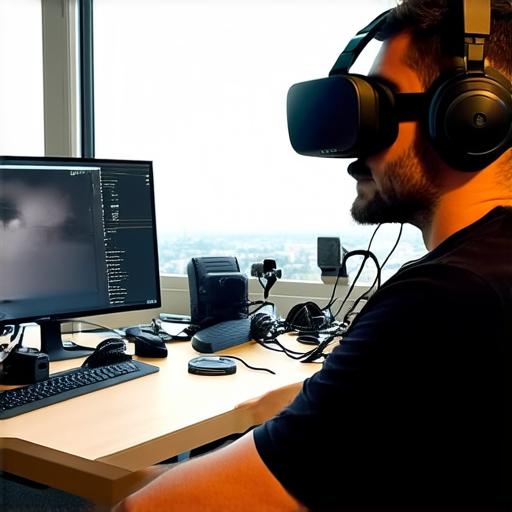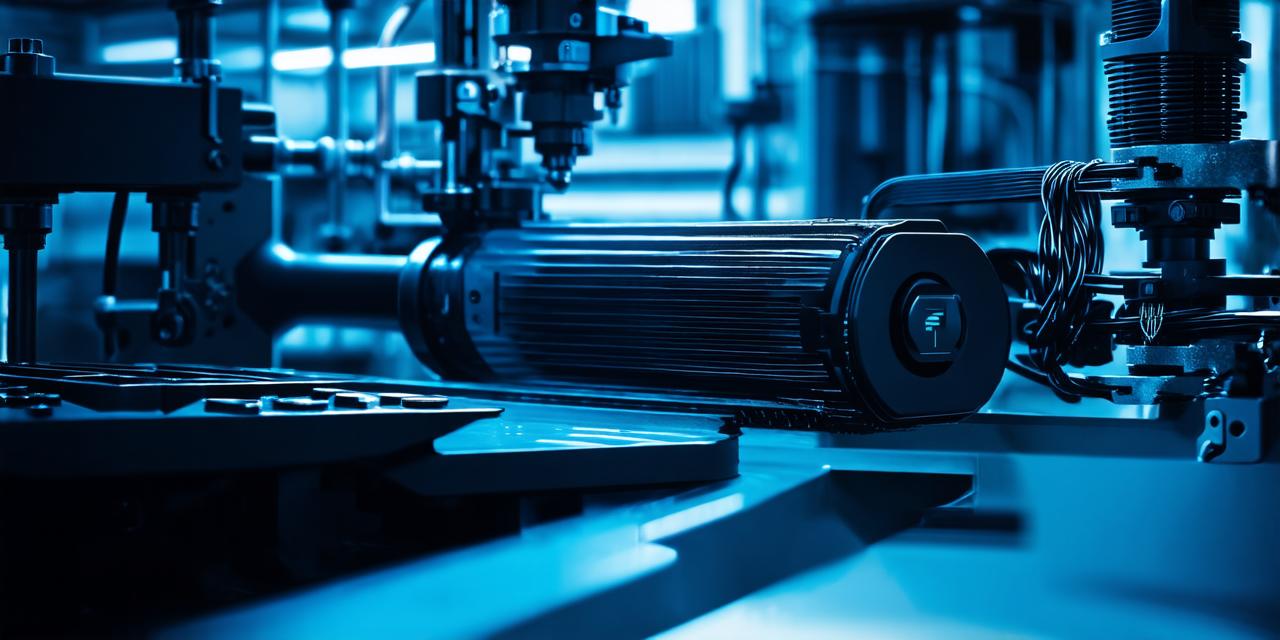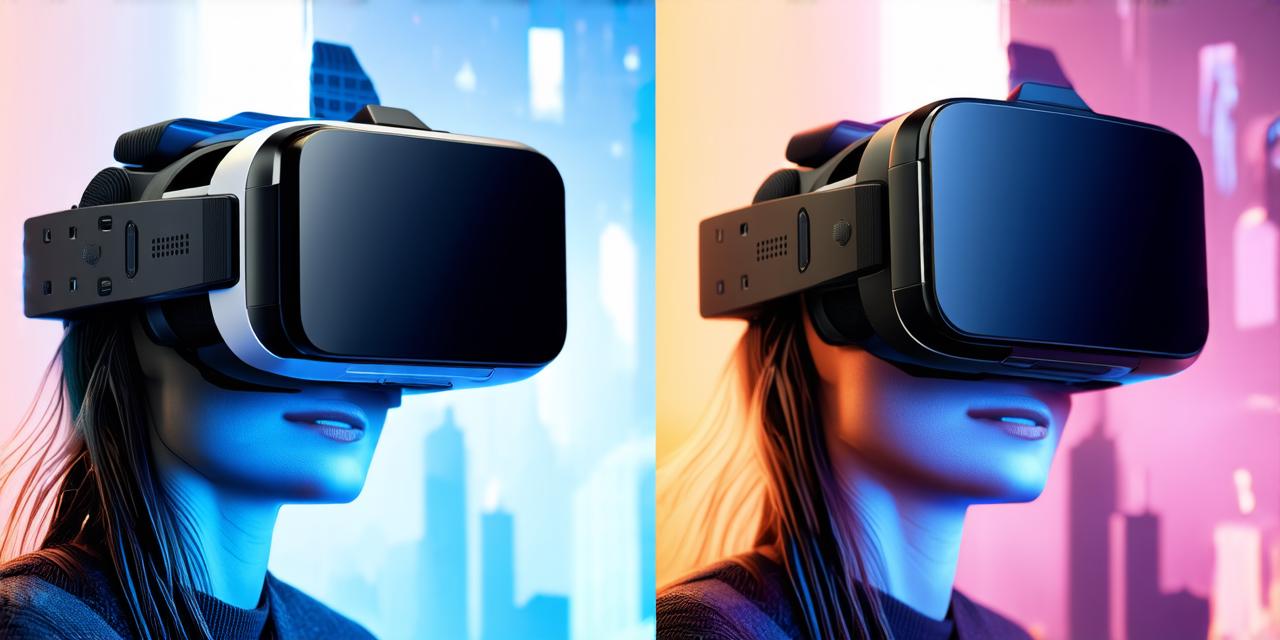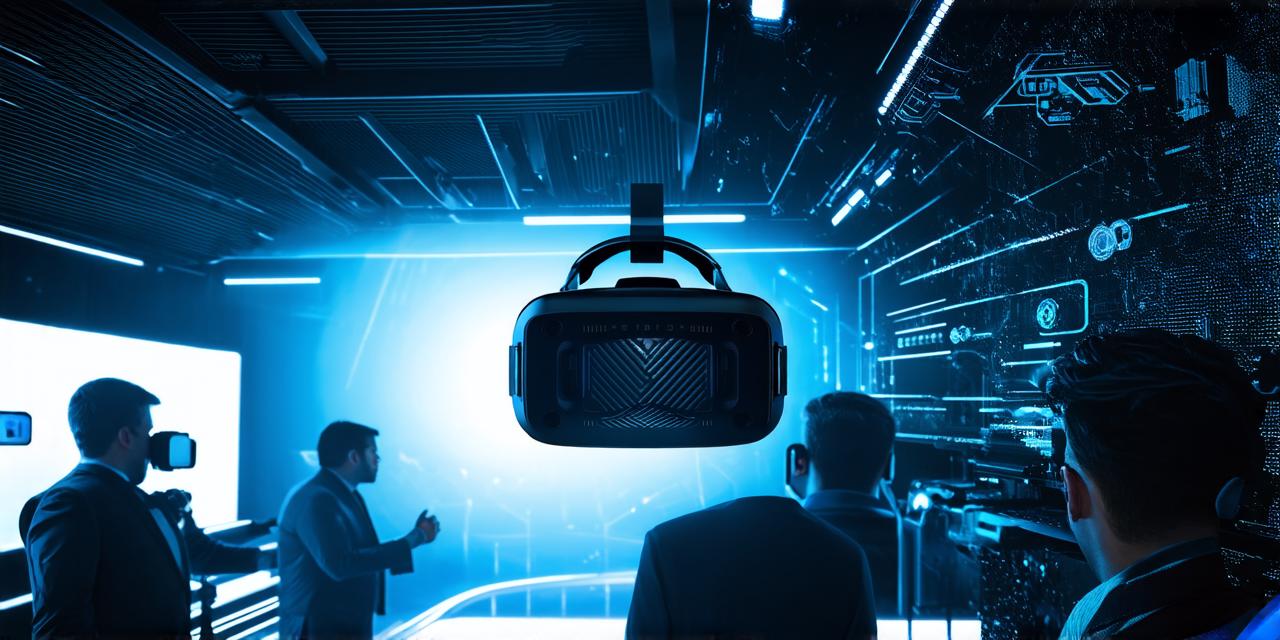Virtual reality (VR) is a rapidly growing technology that has captured the imagination of many people around the world. At its core, VR involves creating an immersive environment that simulates real-world experiences in a digital format.
Equipment Used for VR
-
Headsets
- Controllers
- Computers
- Graphics Cards
- Tracking Systems
1. Headsets
One of the most important pieces of equipment used in VR is the headset. The headset is worn on the user’s head and provides a window into the virtual world.
Wired Headsets
These headsets are connected to a computer using a cable and require no additional setup. They tend to be less expensive than wireless headsets but can be limited in terms of movement and range.
Wireless Headsets
These headsets use Bluetooth or other wireless technology to connect to a computer. They provide more freedom of movement and are often preferred by users who want to experience VR in a more immersive way.
1. Controllers
Controllers are used to interact with the virtual world. They can be handheld, gloves or vests that track the user’s movements and translate them into actions within the game or simulation.
Handheld Controllers
These controllers are typically wireless and allow users to control their avatar in the virtual world using hand movements. They can be used for a variety of tasks, such as pointing, grabbing objects, and shooting.
Gloves
These gloves are fitted with sensors that track the user’s hand movements and translate them into actions within the game or simulation. They are often used for more immersive experiences, such as flying or operating complex machinery.
Vests
These vests are worn on the user’s body and track their full-body movements using a combination of sensors and cameras. They are often used for more physically demanding VR experiences, such as sports simulations.
1. Computers
A computer is required to run the virtual reality software and graphics. The performance of the computer can greatly affect the quality of the VR experience.
Processor
A powerful processor is necessary for running complex virtual environments. Intel’s Core i7 and AMD’s Ryzen 9 processors are typically used for VR gaming.
Graphics Card
The graphics card is responsible for rendering the virtual world and displaying it on the user’s headset. NVIDIA and AMD both offer high-end graphics cards that are specifically designed for VR, such as the GeForce RTX series and the Radeon VII.

RAM
Sufficient amount of RAM is necessary to run multiple applications at once and ensure a smooth VR experience. At least 16GB of RAM is recommended.
Storage
Adequate storage space is necessary to store the virtual world files and other data required for VR. Solid-state drives (SSDs) are faster and more reliable than hard disk drives (HDDs).
1. Graphics Cards
The graphics card is a critical component of any computer used for VR. It is responsible for rendering the virtual world and displaying it on the user’s headset.
Dedicated Graphics Cards
These graphics cards are specifically designed for gaming and other demanding applications. They offer excellent performance and support for VR technologies such as Oculus Link and OpenVR. Examples include NVIDIA’s GeForce RTX series and AMD’s Radeon VII.


